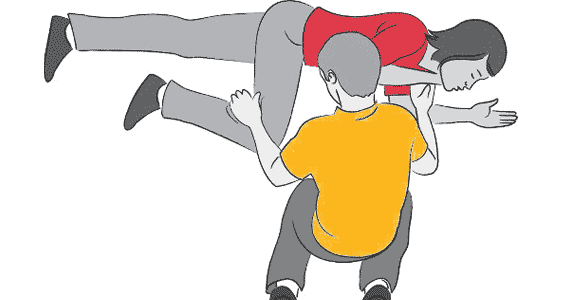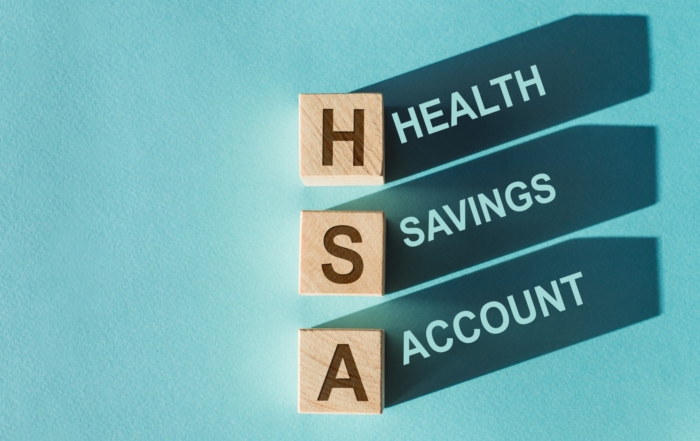In the workplace, there are always hazards, and having a strong safety culture and preparedness is key to avoiding large losses and avoidable claims. Here at NARFA, we put the health of our member businesses ahead of everything else and work hard to keep our members well-informed about safety tips. Here are some tips on how to treat shock.
Shock is a medical emergency that may result from trauma, heatstroke, blood loss, allergic reactions, severe infection, poisoning, severe burns or many other causes. A person in shock is not receiving blood or oxygen to their organs. Without treatment, permanent organ damage or death can occur.
Signs of Shock
- Agitation
- Light-headedness or feeling dizzy
- Skin that is cool and clammy, bluish or ashy
- Fast shallow breathing
- Feeling thirsty
- Vomiting or feel ill
- Fluctuating levels of responsiveness
Steps If Shock is Suspected
- Check the victim over. Is the person responsive and breathing normally? Injured or severely bleeding?
- Call 911
- Be prepared to provide life support
- If do not see evidence of trauma, place the victim on his or her back and raise the victim’s legs so that the feet are 6-12 inches above the ground. If the victim is unresponsive but breathing and no spinal injury is suspected, place the victim in the recovery position.
- Loosen restrictive clothing
- Watch for vomiting. If the victim vomits, turn his or her head to drain the mouth
- Regulate the victim’s body temperature with a blanket or coat
- Do not allow a victim of shock to eat, drink or smoke
- Remain with the victim until help arrives
The NARFA Team works hard to educate our members about safety, their employee benefits, and all of the great NARFA programs. For 2018, NARFA will be rolling out even more programs to help our member businesses remain strong during uncertain times.
Please contact us today, and start putting more strategy behind your employee benefit programs.
Recent Posts
IRS Guidance on Nutrition, Wellness, and General Health Expenses
The Internal Revenue Service (IRS) has recently highlighted that costs associated with nutrition, wellness, and general health do not typically qualify as reimbursable medical expenses [...]
HSAs Today and Every Day: A Triple Threat Against Rising Healthcare Costs
The healthcare landscape is constantly evolving, and in 2024, rising costs remain a top concern for both employers and employees. Fortunately, Health Savings Accounts (HSAs) [...]
April Showers Don’t Cause Accidents (Distracted Driving Does): Stay Safe on the Road This Month (and Every Month)
Spring is here, and with it comes April's designation as Distracted Driving Awareness Month. While the changing seasons and blooming flowers might tempt you to [...]




